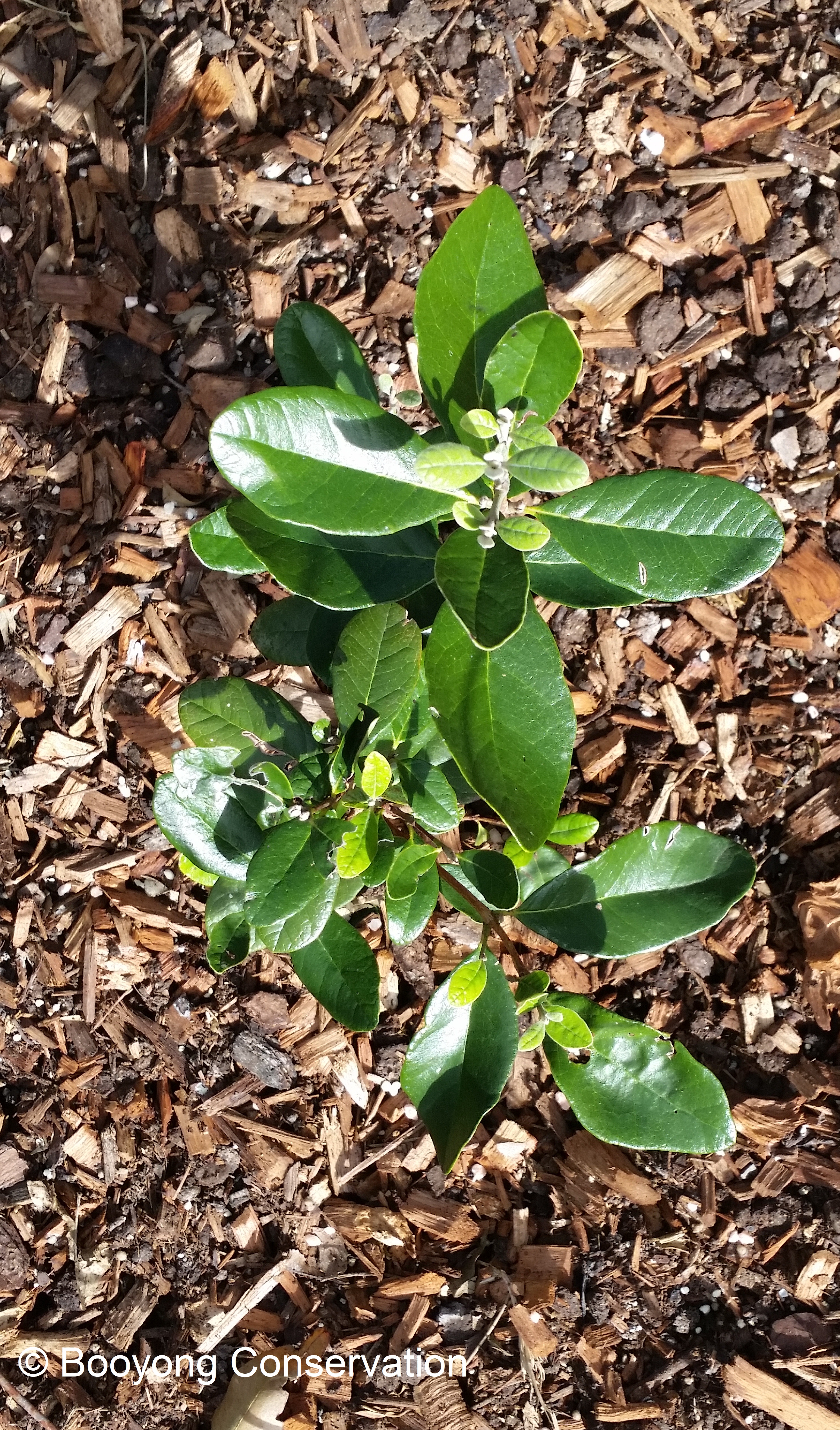I am a regular visitor at The Secret Garden – it’s a not-for-profit community garden and nursery at the Western Sydney University campus in Richmond, and I am never disappointed when I go, often discovering a new plant I’ve never heard of before. The pineapple guava was one recent discovery; it’s a member of the Myrtle family and native to Brazil, Argentina, Paraguay and Uruguay and sometimes referred to as a Feijoa.
Growing – The plant likes full sun, is drought tolerant, can tolerate shade and harsh conditions, but when it is stressed it will begin to drop fruit. Feijoas prefer slightly acid soils with a pH of 6.0-6.5. Gardeners must water deeply on a regular basis with special caution during flowering and fruiting periods. To retain moist soil, mulch around the base of the plant.
The pineapple guava is a slow-growing evergreen shrub that can grow 4 metres high and wide.
It begins to flower in spring with the most amazing edible sugary pink petals that can be eaten straight off the plant.
Care – Enrich soil and feed with rich compost and manure in a thick mulch. Add nitrogen rich fertiliser late Winter and, because they are drought tolerant, provide ample water in hot weather. Young feijoas struggle to compete with weeds and grasses, so efficient weed control around the trees is crucial to promote maximum growth.
Pruning – Prune to a single trunk and to promote new fruiting wood close to the trunk each year.
Companion Planting – Suggested companion plants include marigolds, borage, comfrey, chives and calendula.
Pests and Diseases – The main insect pests that may affect feijoas are scale insects, caterpillars, bronze beetle, mites, mealy bug, thrip and the feijoa bud mite and Guava moth. Feijoas are said to be free from fungal problems and soil-borne diseases.
Harvest – The egg-shaped fruit is often not found in stores as its not commercially viable, since it is difficult to judge the maturity and quality of the fruit visually. It has a greyish-green skin and amber-coloured flesh, with a strong tart flavour with slight pineapple and papaya undertones.
Collect fruit which falls from the tree before ripe. Fruit is ready to eat when slightly soft and when the jellied sections of the fruit are clear. The fruit is unripe when the sections are white and overripe when the sections are brown. The best way to harvest is to shake the tree every couple of days, allowing them to fall into a tarp of large cloth to prevent bruising. Mature fruit can be stored in the refrigerator for about a week.
Propagation – Propagation is possible from cuttings and plants are often grafted.
Health Benefits – The flesh is high in vitamin C.
Eating – The texture is said to be gritty, like a pear with tiny edible seeds. Sprinkle the edible flower petals on your salad. They can also be eaten as fresh fruit or used in fruit salad and jams.

You must be logged in to post a comment.